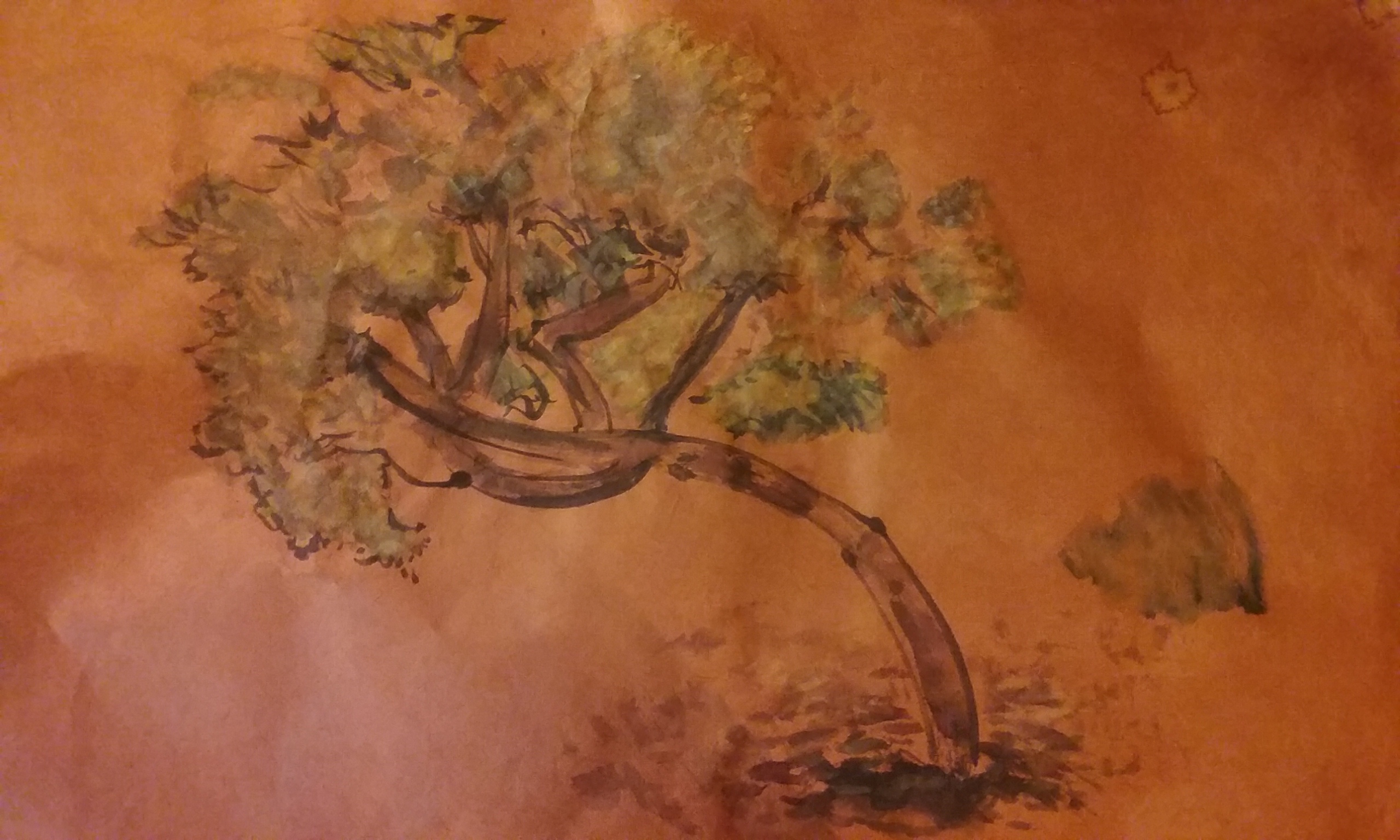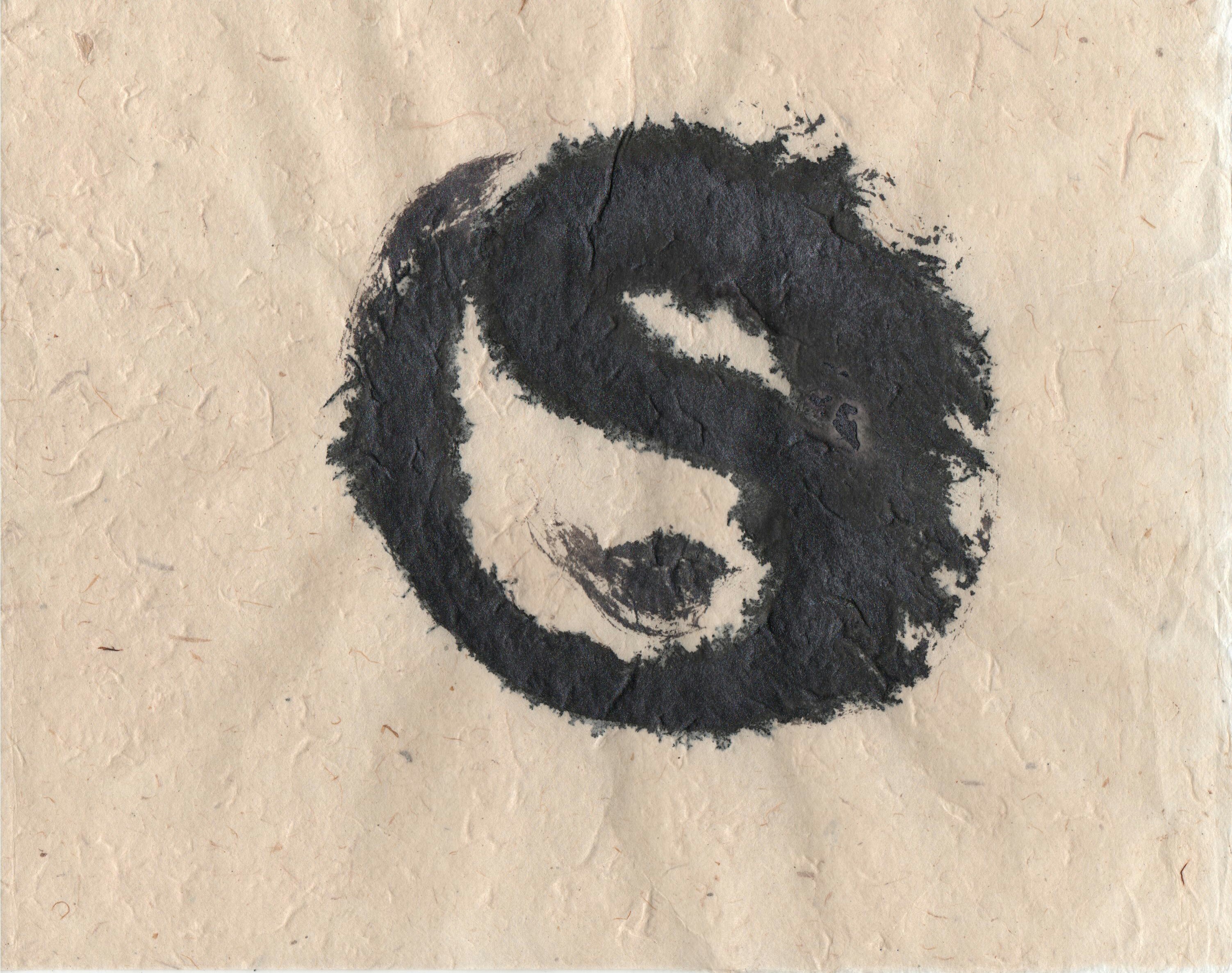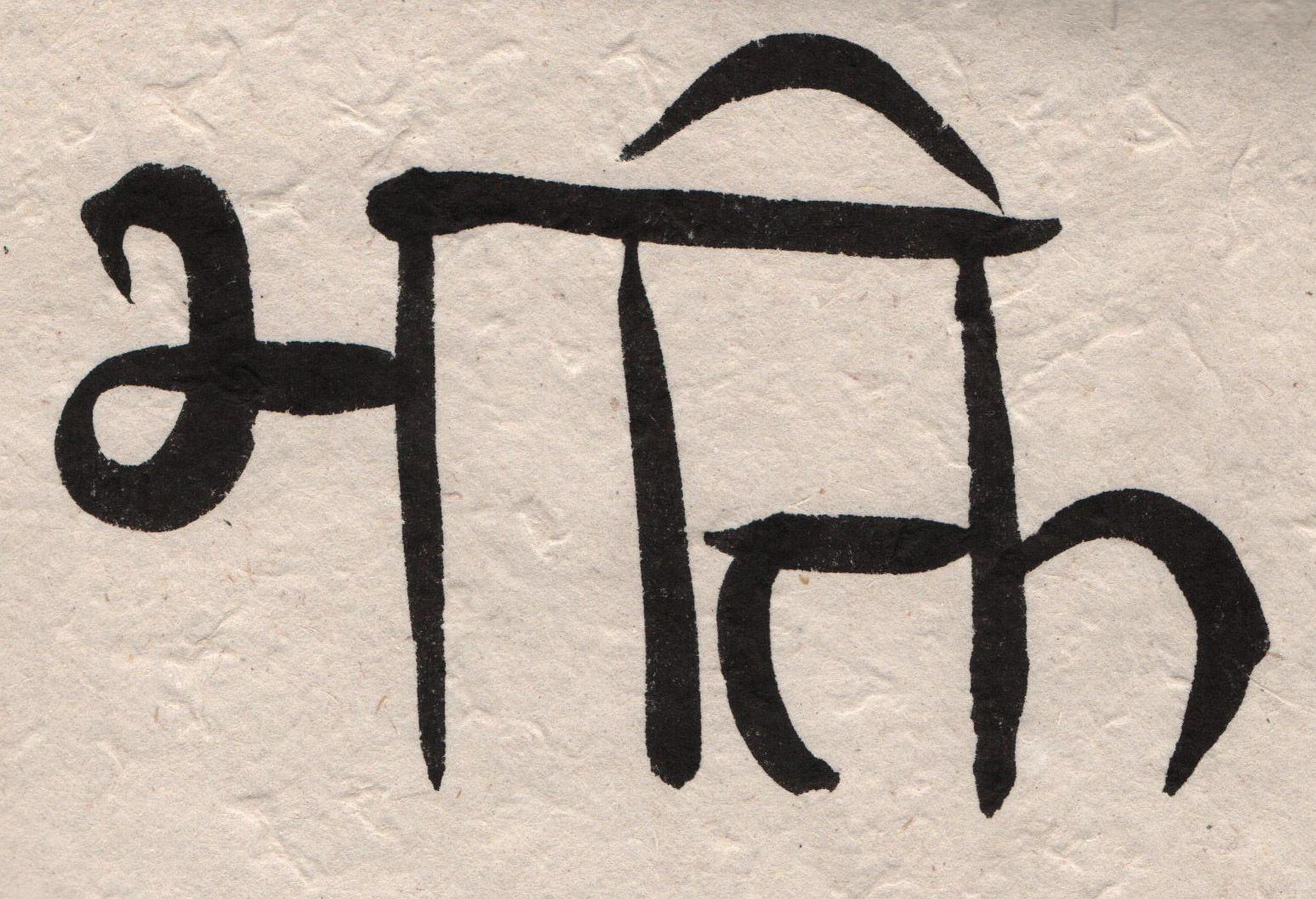
I have been meditating for decades. I was initiated into a little known method by someone I met and became close to not long after I prayed to meet them. I have studied and practiced numerous spiritual paths, ever searching for the Source; the Beloved Divine; always whittling my way through the chaff as I saw it, paring down and gluing together bits and pieces of the puzzle, always missing something. Missing a piece of the puzzle actually seemed to be part of the puzzle. You can’t have all the pieces, it’s too much to comprehend.
Similarly, it’s always said, in riddles and right out in the open that you already have all you need. It’s all right there for the taking. So which is it? Is it all right there in the open? Is there always a missing piece? My favorite is the idea that it will take lifetimes. Multiple lifetimes. Hey, maybe I’ve already been working on it for multiple lifetimes? How would you know? Maybe it wouldn’t take so many lifetimes if we could remember one to the next. The whole karma from a previous life is great too. How can I learn the lesson now if I don’t know what I failed before? “Just be in the moment. There is no past or future, only now.” Then WTF is karma for? “Life is just an illusion, it’s not real.” Then WTF are morals? Look, I don’t mean to be disrespectful, but some of this doesn’t make sense. And of course the field is ride with charlatans. It’s too much! Too much I say!
I recently had a crisis of faith. I’ve always sort of sided with atheists on most things. Everything except the idea that there’s no God. It’s kind of a joke. Atheists claim to side with science, and often people of faith feel compelled to choose their faith over science. I’ve always felt that if your faith can’t accommodate reality, then it’s not very strong. But, all the strife, the bad people getting away with everything, the pain, and disease and suffering of the world got to me and I started to think, that there was nothing, and the idea that there’s something is unsupportable.
I don’t know how much of the atheist thing I want to get into but I agree that there’s no talking snake and all the animals in the world won’t fit in a boat. That doesn’t mean there’s no God. I agree that you can’t prove there’s a God. You also can’t prove there isn’t. Absence of proof is not proof of absence. Science is not equipped to answer questions about God. It’s like looking for a rainbow with a microphone. (It’s a metaphor, don’t come to me with radio spectrometer talk or whatever.)
So I moved on with my life. But at some point I realized that I was just that much more miserable without this component of spirituality in my life that had been there for so long. I played some of my new age music and it really helped.
Then, one day, I had a thought. A little inspiration. Like when you look at something you’ve seen a million times and notice something new. It’s like the Beatles say: All you need is love. And that was the missing piece. I mean I always knew that was important. The Catholic Church (in which I was raised) says that God is literally Love. Not just that God loves but that (he) is literally Love. The experience of love, for a pet, a child, aother or father… Is literally experiencing the Divine.
I’d always taken it as a kind of metaphor. I knew it was true, but couldn’t see how to translate it into everyday life. Until I could. The sensation of meditation is experiencing the Divine, which I also knew, but experiencing that sensation as receiving love was just a little click. Just a slight adjustment that changed everything for me. It’s the missing piece that was there in plain sight all along.
Whether you’re practicing Tai Chi, or yoga, or TCM, or praying, or singing Christmas carols, you’re experiencing Divine Love. It’s not some ethereal non attainable mystery that only a select few can have. It’s there all the time for everyone. It’s not something you have to be worthy of. It’s energy; you just plug into it, anyway you can.
It’s miraculous. You’re miraculous.























